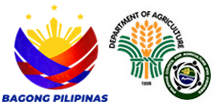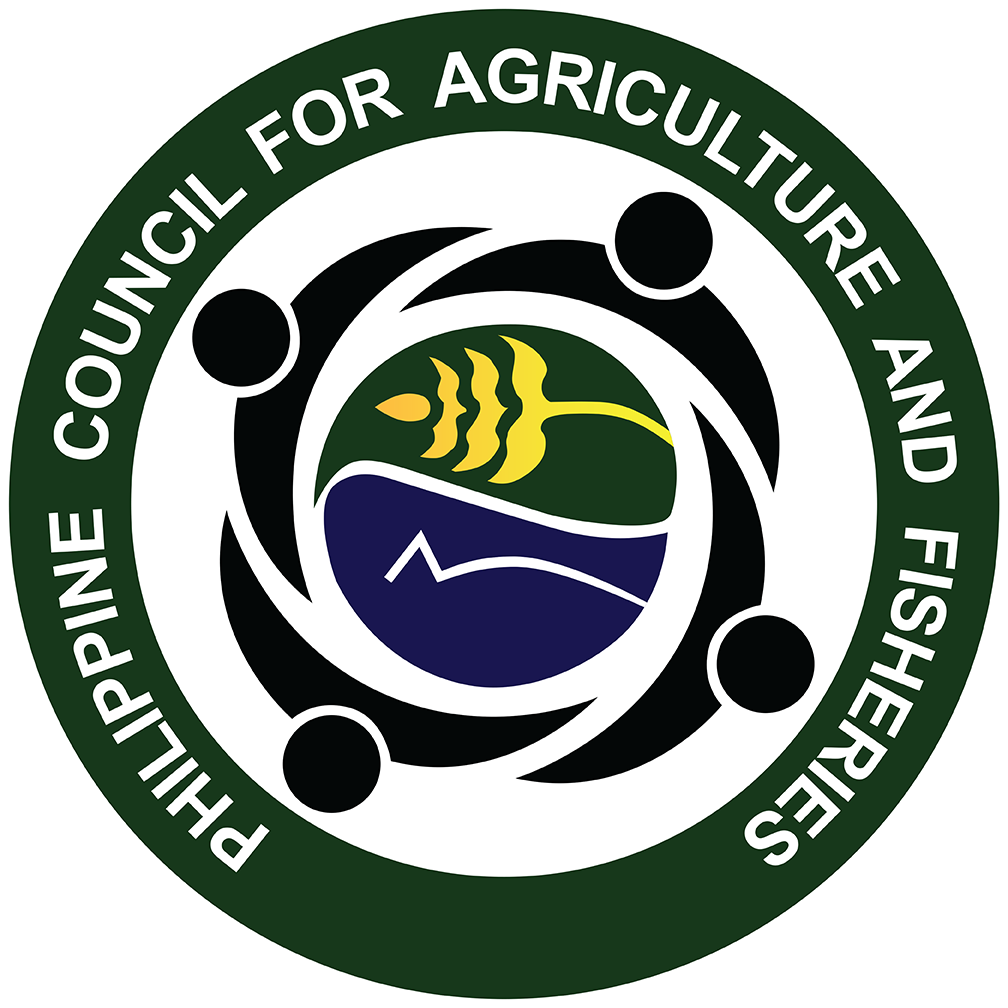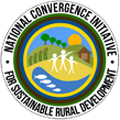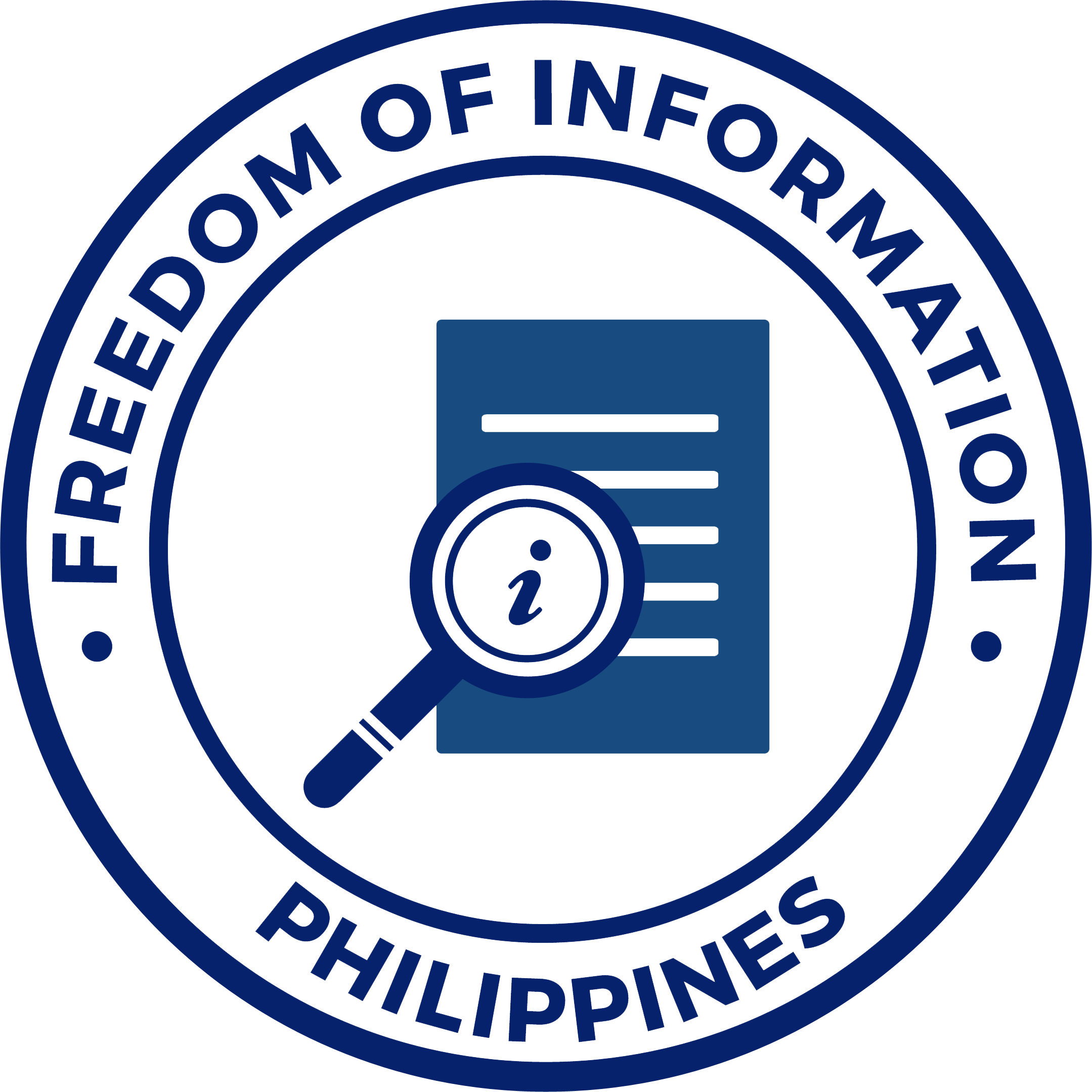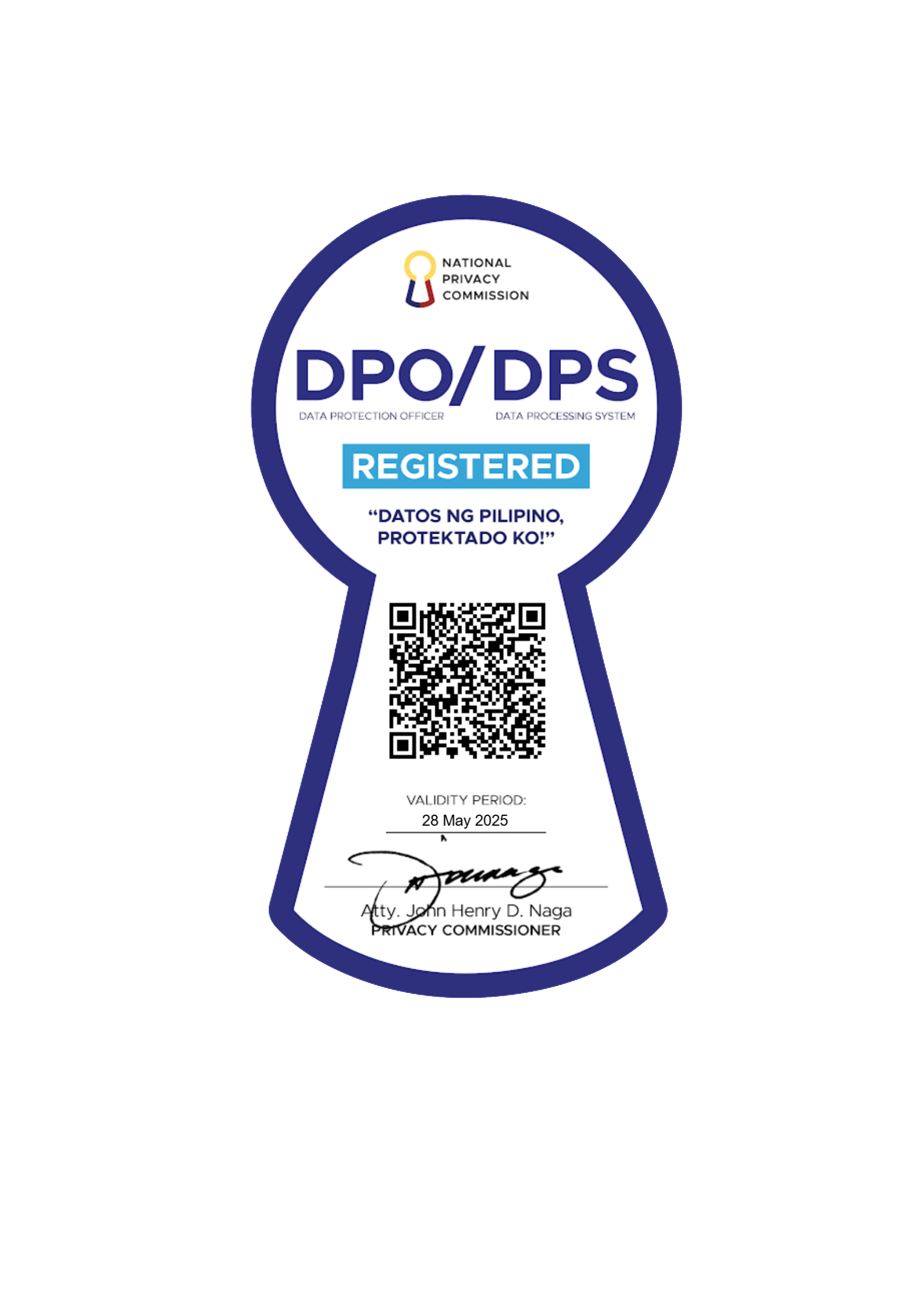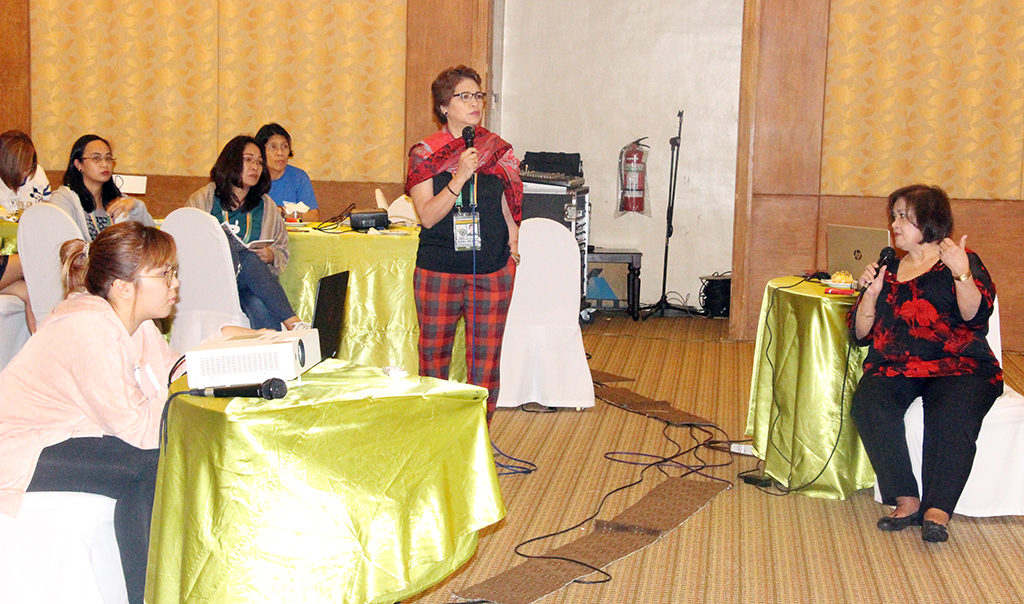
In pursuit to harmonize and have a shared understanding in preparing Strategic Performance Management System (SPMS) forms, the Philippine Council for Agriculture and Fisheries (PCAF) conducted its SPMS workshop on March 19 to 21, 2018 in San Mateo, Rizal.
SPMS is a mechanism that links employee’s performance with the organizational performance to ensure that goals are aligned to the agency’s mandate and priorities, aside from enhancing performance orientation of the compensation system.
However, workshop speaker and former Civil Service Commission (CSC) Assistant Commissioner and Civil Service Institute Executive Director Agnes Padilla noticed that employees, particularly in the middle-level and rank and file fail to appreciate SPMS because they don’t see the linkage to the entire organizational growth.
“There is a non-appreciation of the whole system and taking it merely as a compliance. SPMS is at the core of everything and everyone is connected to everything. In public service, you will notice that even until an employee retires, it will only count on the performance” said former CSC Asst. Comm. Padilla.
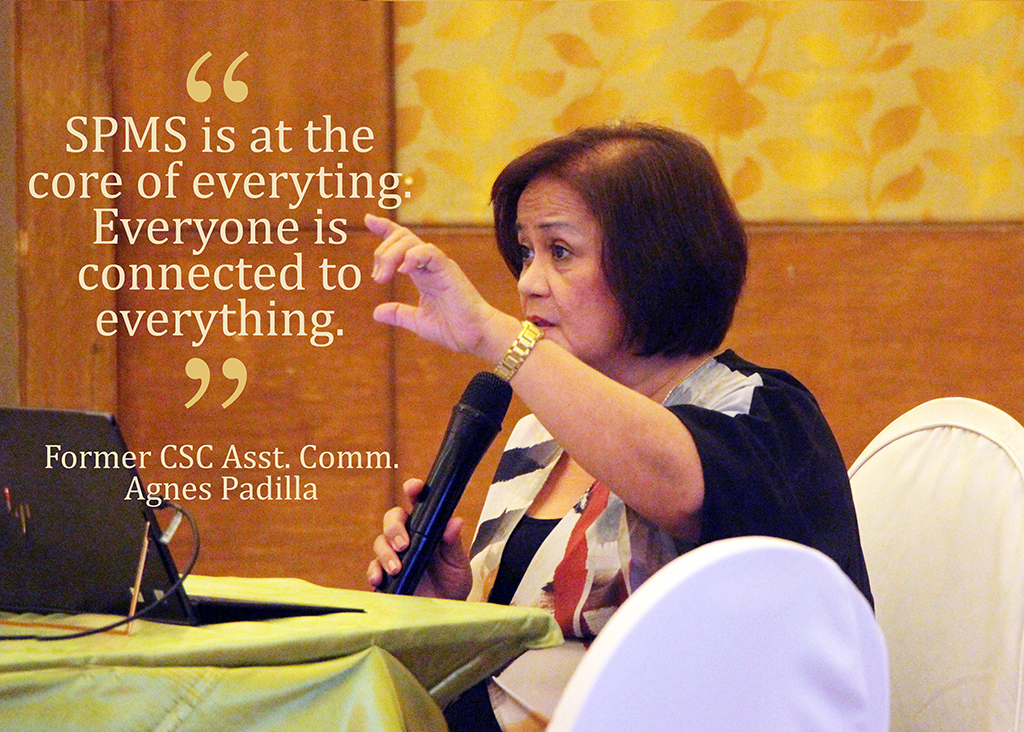
She also raised that the public is now becoming more vigilant in the government’s performance and everyone should be mindful on their actual performance commitment.
Aside from harmonizing the SPMS forms such as Individual, Division and Office Performance Commitment and Reviews (IPCRs, DPCRs and OPCR), PCAF employees also reviewed each unit’s performance success indicators, formulated rating matrices, and crafted rating scale standards.
Compared to the old Performance Management System (PMS) that creates continuous process of identifying, measuring, and developing the performance of individuals and teams aligned to the performance of the organization’s goals, former CSC Asst. Comm. Padilla pointed out that SPMS implements a strategy that delivers value on the specific task by performing the desired outcomes.
SPMS consists of a set of interlinked processes, systems, tools and governance arrangements that drive strategy implementation.
“That is why we have to start with a strategic plan. Planning officers should be called Strategy Managers because they strategize plans kung papaano natin ito ikakasa at papaandarin para ma-reach yun,” added former CSC Asst. Comm. Padilla.
Building Blocks of SPMS
Aside from Strategy, the other building blocks of SPMS were also introduced to the employees.
It includes Measures and Targets, Outputs and Outcomes, Sphere of Influence and Accountability, People Matter, and Organizational Processes.
The Measures and Targets translate strategy and the organization’s vision into specific, quantified measures indicating current and potential future performance. Outputs and Outcomes define and influence the success of the organization in achieving its goals or ultimately leading to the attainment of the organization’s goals.
While Sphere of Influence and Accountability answer questions like “are measures within the organization’s jurisdiction, margins of powers and authority and the ability of influence?” and “who is answerable for the results?”
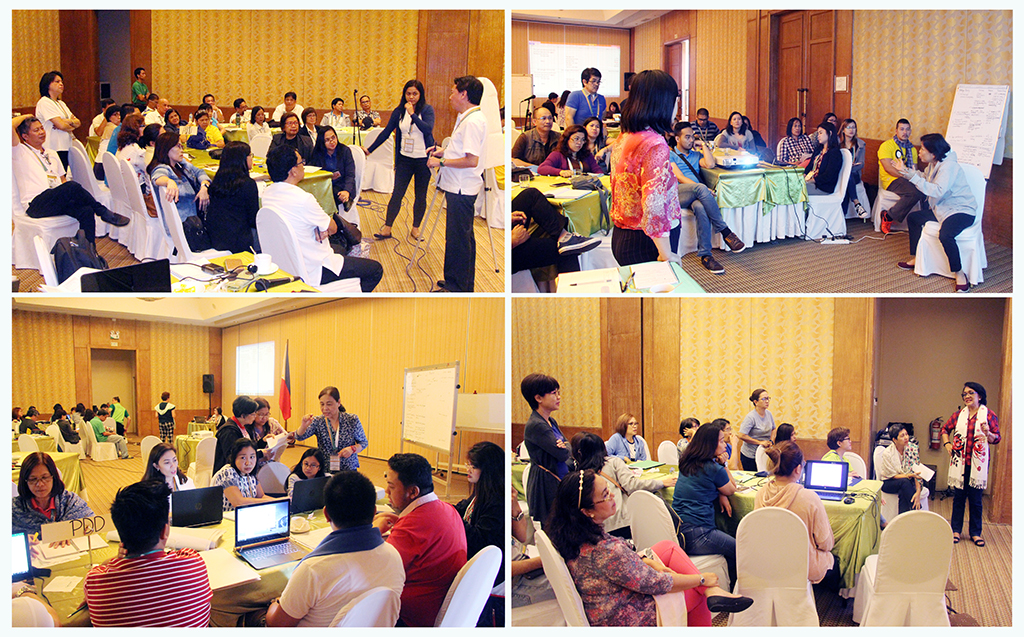
Unlike PMS where it encourages Coaching and Development Support that allows the employees to come up with performance issues, analyze its causes and find solutions to these problems, while the supervisor facilitating the process, SPMS focuses on the link of the individual to greater whole, valuing the employee’s contributions to the success of the organization.
It aligned the skills and capability requirements of the employee to the core values of the organization.
SPMS also refines Organizational Processes where it requires the agency’s system and budget to support performance, enable performance measures and close performance gaps.
SPMS Four-Stage Cycle
The three-day workshop also discussed the four-stage cycle that highlights the importance of performance management.
The cycle starts with the Performance Planning and Commitment, followed by the Performance Monitoring and Coaching, then Performance Review and Evaluation, and Performance Rewarding and Development Planning.
First stage should be done prior to the start of the performance period where the heads of the units meet with the supervisors and staff then agree on the outputs that should accomplished based on the goals and objectives of the agency.
The second stage is done regularly during the performance period by the heads of the agency, planning section, office heads and division chiefs, and the employee. CSC suggests the Performance Monitoring and Coaching should be done from January to June and July to December.
The Performance Review and Evaluation is done at regular intervals to assess the performance of the offices, divisions and the individuals. This is usually done in the first week of July and first week of January of the following year.
The OPCR, DPCR, and IPCR are assessed against success indicators as indicated in the Performance Commitment, Rating Forms, and Agency Guidelines. The OPCR and DPCR are assessed against the actual expenses as indicated in the Performance Commitment and Rating Forms.
The Performance Rewarding and Development Planning is based on the results of the performance review and evaluation when appropriate developmental interventions shall be made available to specific employees. CSC suggests to conduct this stage on the first week of July and on the first week of the following year. – JC
